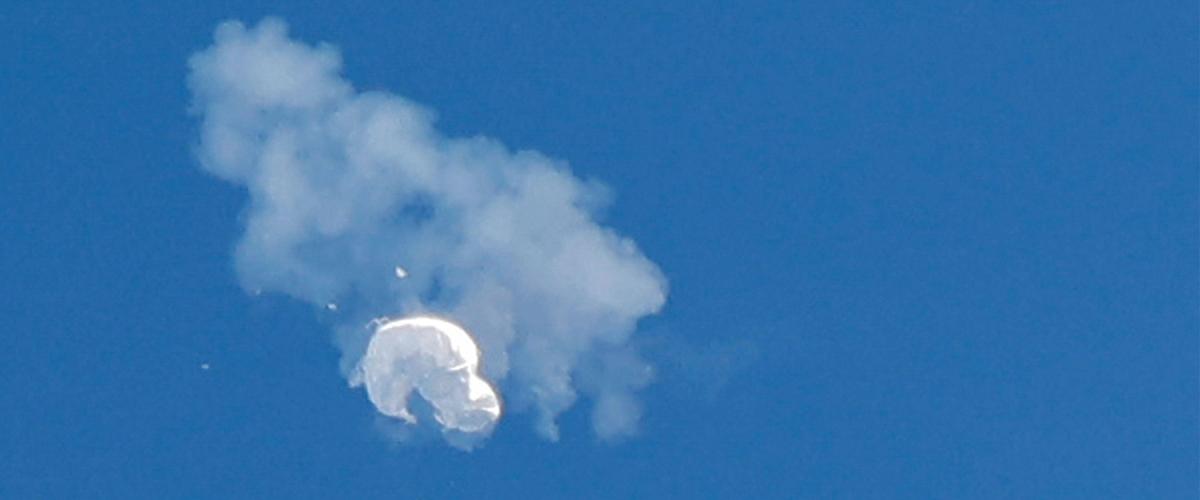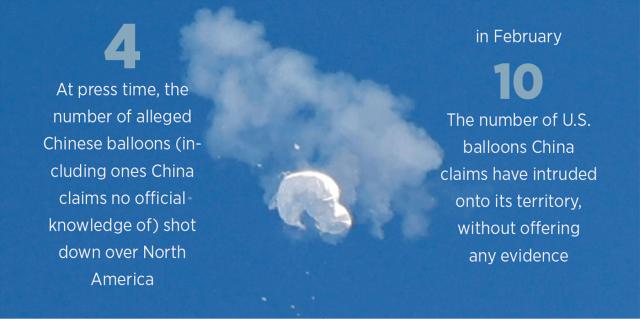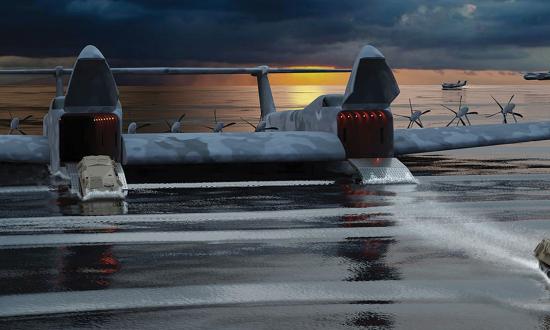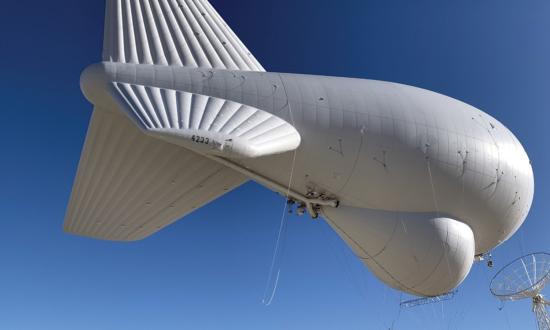China may be learning more from the United States than analysts have assumed. In the brewing kerfuffle over Chinese balloons intruding into airspace defended by the North American Aerospace Defense Command, China seems to have adopted a widely used U.S. adage: Admit nothing. Deny everything. Make counteraccusations.
After an initial period of relative silence, China claimed that the first balloon was just a weather balloon it had lost control of, not an ISR tool. Then, in mid-February, China claimed that at least ten U.S. balloons have overflown Chinese territory without permission since the start of 2022.
Even if the United States does have a high-altitude balloon surveillance program—something many observers doubt—charts of prevailing winds suggest such balloons might mostly remain within the South China Sea, from where they would have to be launched. Astute readers might note that, claims of China’s “Wolf Warrior” diplomats notwithstanding, the South China Sea is not Chinese territory.
In any case, another U.S. expression seems to apply every bit as well to the situation—fool around and find out. At least four AIM-9X Sidewinder missiles have assisted with the finding out, at a cost of around $400,000 each. Use of the newest, most expensive version of the venerable AIM-9 missile invites a question, though: Might there be some decommissioned AIM-9Ls or AIM-9Ms in storage somewhere that could be brought into service for taking down such (if you will pardon the pun) soft targets?







